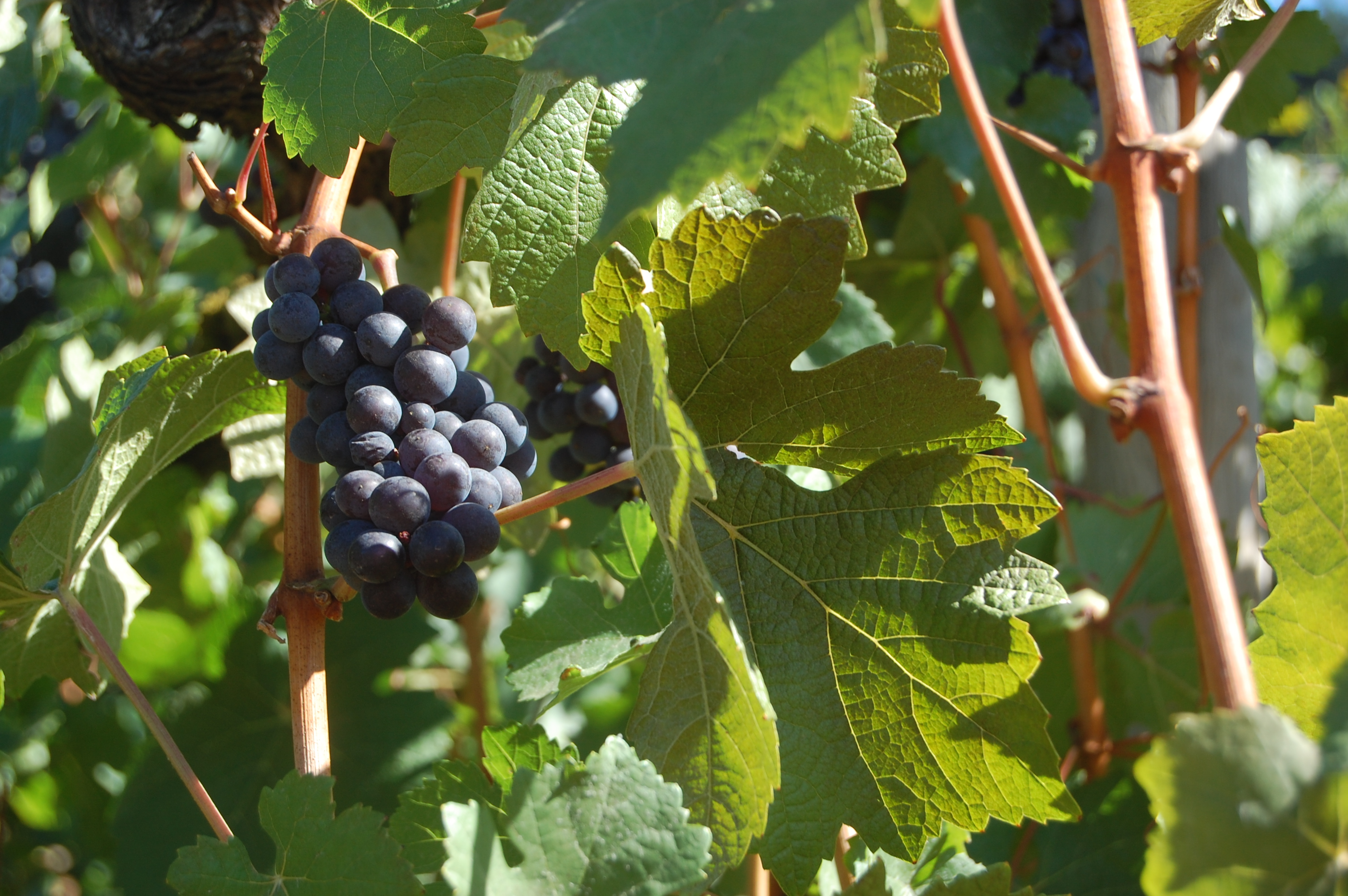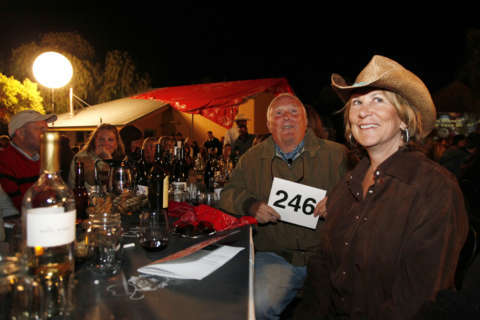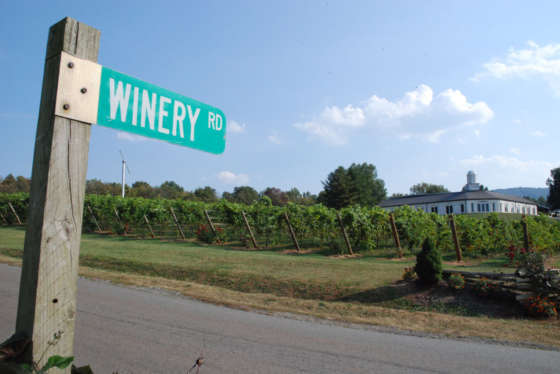WASHINGTON — Last week I spent three hectic, yet educational, days in the Willamette Valley of Oregon, where I had the opportunity to meet with vineyard owners, farmers and winemakers. Each experience built upon the next and reinforced a couple of reoccurring themes.
First and foremost, the Willamette Valley is made up of unique people who have developed a deep-rooted sense of community and collaboration. There is a “one-for-all-and-all-for-one” attitude that runs the entire length of the valley itself.
The second is the recognition that the soils found in the Willamette Valley are also unique, and produce grapes, and therefore wines, that are as distinctive as the soils they are grown in.
I was fortunate enough to get a geological history lesson from one of the first people to stick a vine in Willamette Valley soil, the legendary David Adelsheim. As David tells it, it all started about 20 million years ago, when Oregon was minding its own business, just hanging out on the ocean floor. Then the Continental Plate got under the proverbial skin of the Pacific Plate and, after 15 million years of huffing and puffing, Oregon was thrust up from the ocean depths. Subsequent volcanic activity formed ridges and valleys, leaving deposits of volcanic soils and marine sediment throughout Oregon.
The Willamette Valley was nothing more than an inland ocean, trapped between the Coast Range and the Cascade Mountains, which contributed to the layers of marine sediment and volcanic soil (basalt) that were deposited in what is now the Dundee Hills and Eola-Amity region. But as the area began to cool off and drain, powerful winds started to blow silt up onto the newly formed hillsides, creating Loess, a third type of soil.
Then in relatively recent history — just around 12,000 years ago — a large glacial ice dam, estimated at around 500 feet high, near Missoula, Montana, burst, producing a succession of powerful floods that raged down the Columbia Gorge and out to the Pacific Ocean. Along the way, these floodwaters reshaped the topography of the Valley and left a fourth type of soil in its wake on the valley floor: alluvial soil.
Today, the Willamette Valley is one of the most perfect places on earth to grow crops on the valley floor, and wine grapes on the diverse soils deposited on the hillsides, producing a distinctive style of wine with unique characteristics.
And if anyone knows about the unique characteristics of soil, it’s definitely David Adelsheim, whose Adelsheim Vineyard has six estate vineyards planted over 220 acres in the Chehalem Mountains, which has all three of the main soils found in the Valley. He took me on a tasting tour, soil by soil.
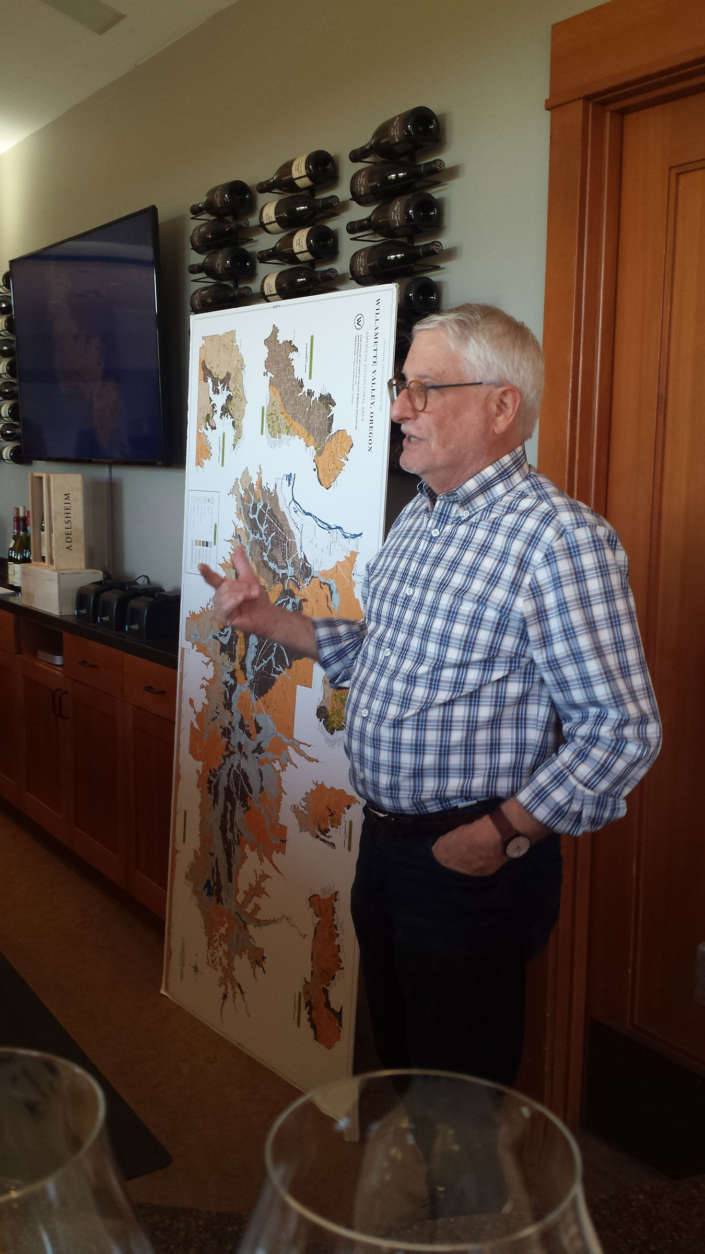

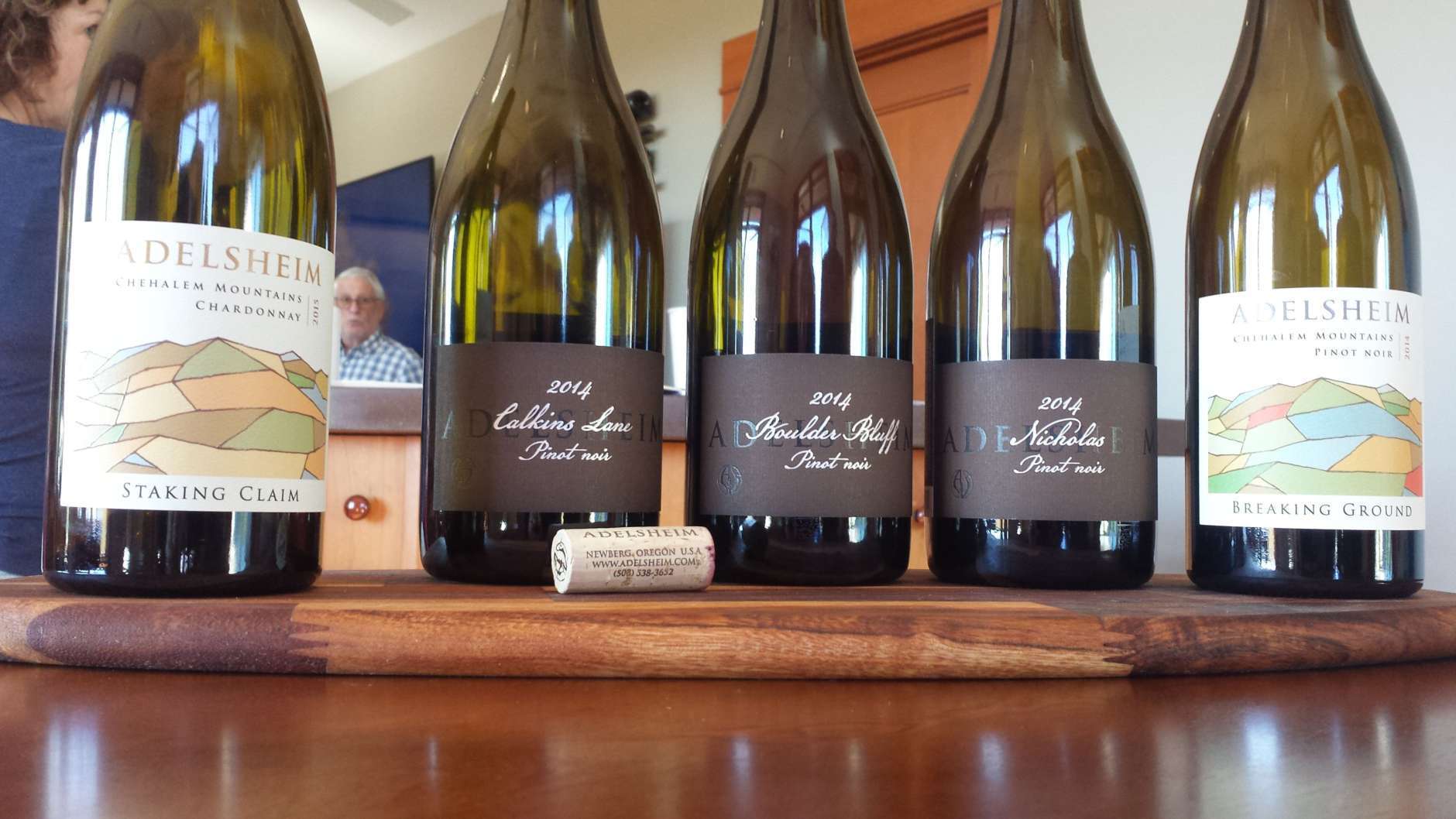
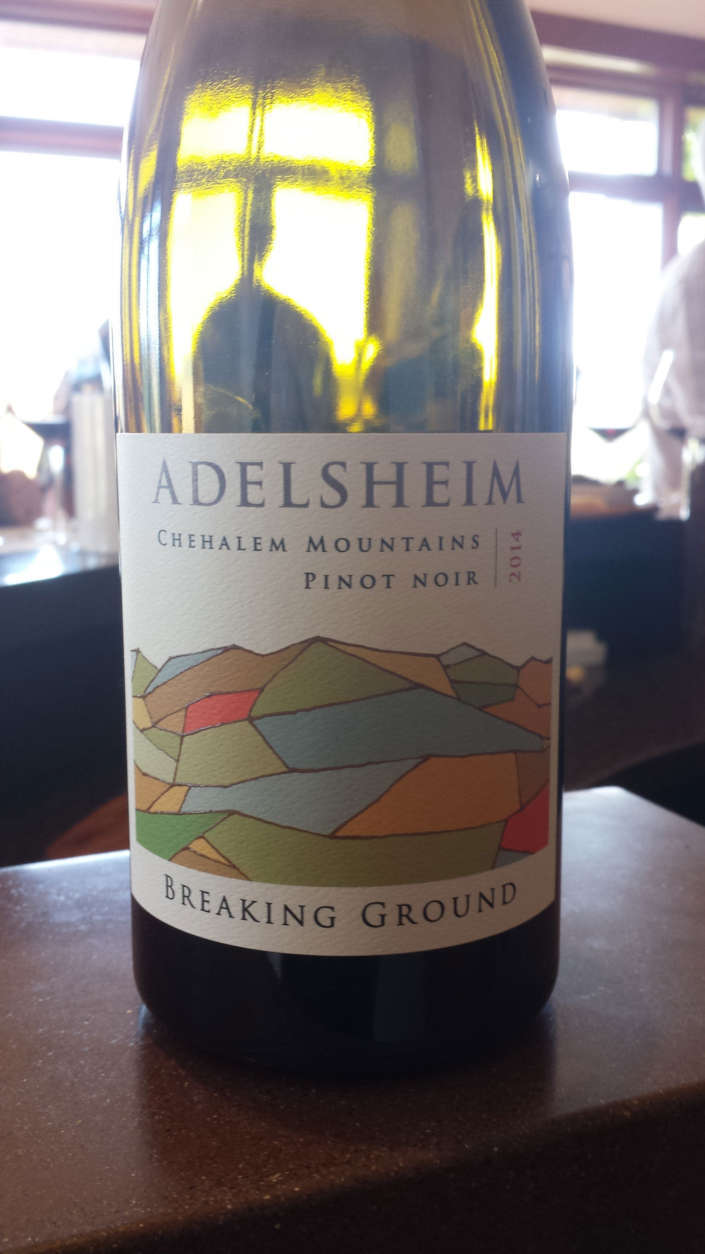
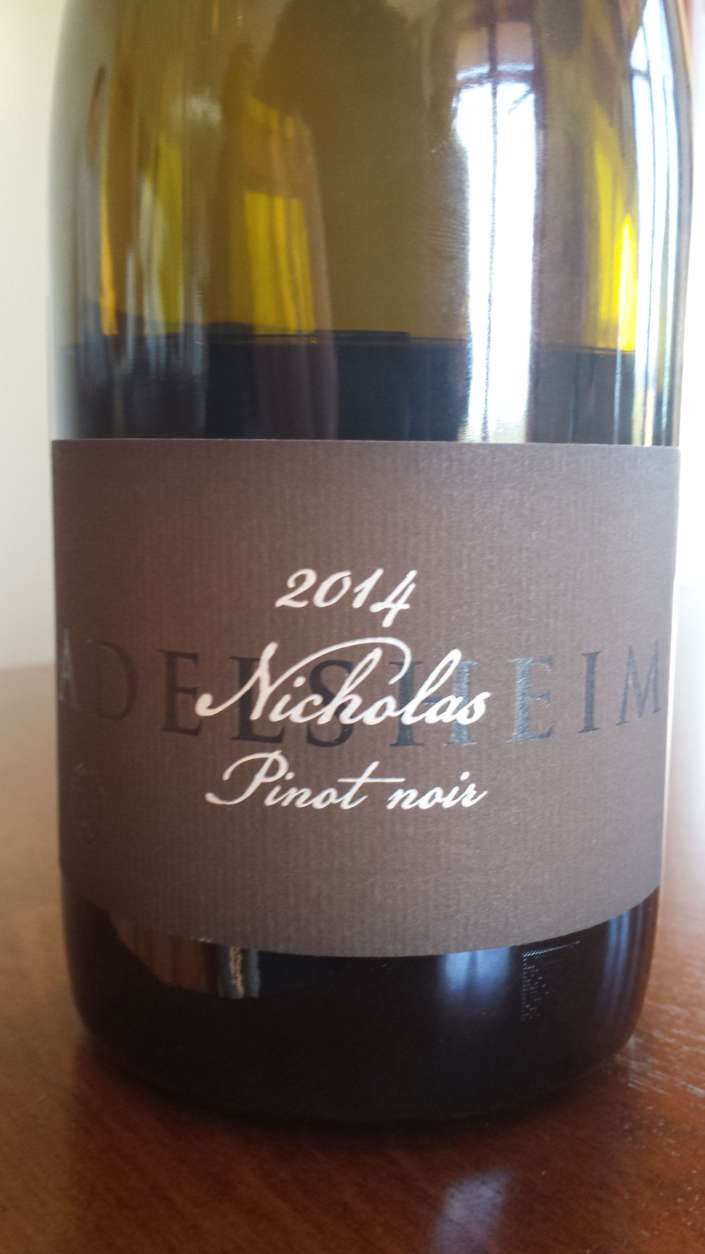


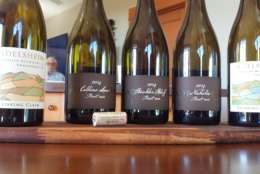
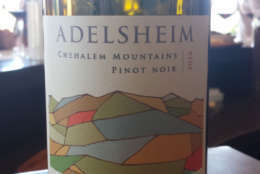

A fun way to get introduced to the different soil types in the valley is with a glass of 2014 Adelsheim Vineyard Chehalem Mountains, Breaking Ground Pinot Noir, a wine that Adelsheim calls, “the future of the Chehalem Mountains.” It definitely reflects Adelsheim’s pioneering spirit as well as his acute understanding of the growing area’s unique characteristics. It contains fruit from all three major soil types found in the Chehalem Mountains: Marine Sedimentary, Volcanic Basalt and Windblown Loess. It offers aromas of black raspberry, baking spices, and earthy bramble. Beautiful flavors of dark fruit, black cherry, cocoa powder, and red licorice are rich and silky in the mouth. The finish is refined, yet certain. $45
The 2014 Adelsheim Vineyard Calkins Lane Vineyard Pinot Noir is an excellent example of the delicate structure that marine sediment soils impart to the wine. This Pinot is full of bright red fruit, including raspberry and pomegranate notes on the front of the palate and cherry pie and baking spices toward the end. It boasts high acidity which imparts a juicy mouthfeel and an ultraclean, somewhat delicate finish. $75
Volcanos may have a violent past, but the soil they leave behind is certainly perfect for producing grapes for the 2014 Adelsheim Vineyard Boulder Bluff Pinot Noir where the perfume-like nose offers up aromas of rose petals, red plums and fragrant cedar wood. The palate is rewarded with dazzling flavors of dark strawberry, plum, and black truffle, all served up on a spicy frame. The ripe tannins are beautifully integrated and provide a long, smooth finish. $75
And finally, the 2014 Adelsheim Vineyard Nicholas Pinot Noir is made from grapes grown on Loess soil — essentially windblown soil on top of basalt. The nose is full of floral scents that belie the powerful nature of the wine underneath. The rustic mouthfeel is full of round, full dark fruit that is kept in check by firm tannins. A touch of black tea and bramble on the finish make me wish I had a piece of roasted pheasant or quail to keep it company. $85

